Hey there, fellow dog lovers! We all want the best for our furry friends, from their wagging tails to their playful paws. But did you know that pollution is an invisible threat that could be silently cutting their lives short? It’s a topic that doesn’t get much attention, but it’s crucial for every pet owner to be aware of the hidden dangers lurking in our environment. So, let’s dive into 14 ways pollution might be affecting your dog’s health and what you can do to help.
1. Air Quality: The Unseen Enemy
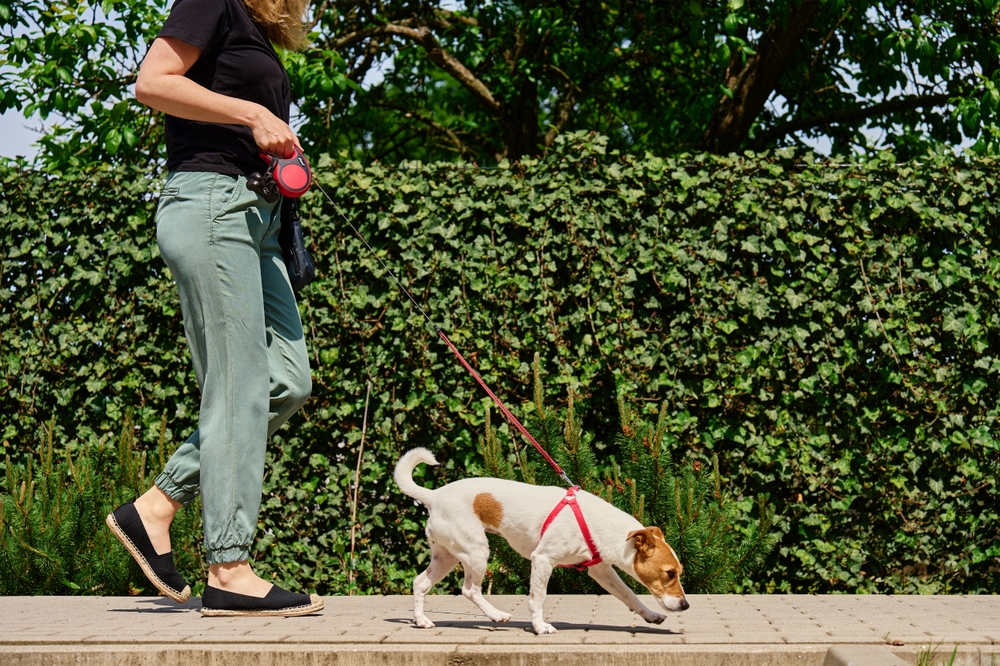
Just like humans, dogs are vulnerable to poor air quality, but their sensitivity is even more pronounced. Our canine companions spend a lot of time sniffing the ground, and pollutants like vehicle emissions, industrial pollutants, and even cigarette smoke can severely affect their health. According to the Environmental Protection Agency, air pollution can lead to respiratory problems and exacerbate existing conditions like asthma and bronchitis in dogs. You might notice your pup coughing, sneezing, or experiencing difficulty breathing, which are signs that the air quality is affecting them.
To combat this, consider minimizing your dog’s exposure to polluted air by keeping them indoors on high pollution days. You can also invest in an air purifier for your home to ensure the air they breathe is as clean as possible. Regularly clean your home to reduce dust and allergens, and try to take them for walks in areas that are less affected by traffic pollution. It’s little changes like these that can make a significant difference in your dog’s life expectancy.
2. Chemical Pesticides: The Lurking Danger in Green Spaces
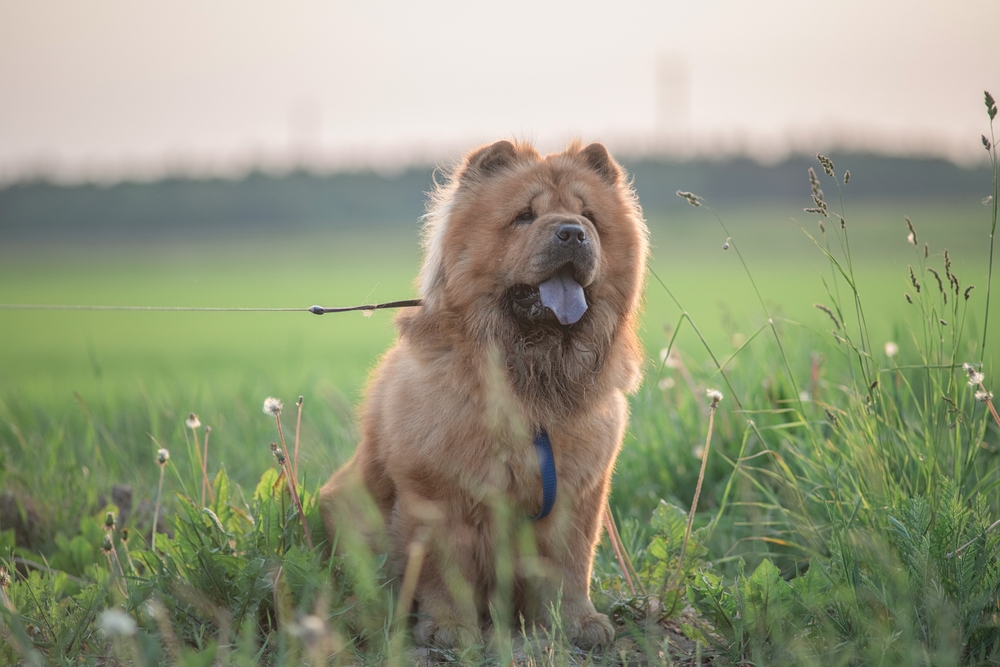
Parks and gardens might seem like the perfect place for your dog to play, but many are treated with chemical pesticides that can pose a serious threat. Dogs are naturally curious and will often sniff, roll, or eat grass in these areas, leading to ingestion of harmful chemicals. A study by Purdue University found that dogs exposed to lawns treated with herbicides have a significantly higher risk of developing bladder cancer. Symptoms like lethargy, frequent urination, or blood in urine should alert you to possible pesticide poisoning.
To protect your dog, try to find out if the areas you frequent use organic or chemical-free treatments. If possible, designate a section of your own yard as a pesticide-free zone for your pup to enjoy. Washing your dog’s paws thoroughly after outdoor adventures can also help reduce their exposure to harmful substances. Advocating for safer, more sustainable practices in public areas can also benefit not just your dog, but the entire community.
3. Water Contaminants: More Than Just a Splash of Trouble
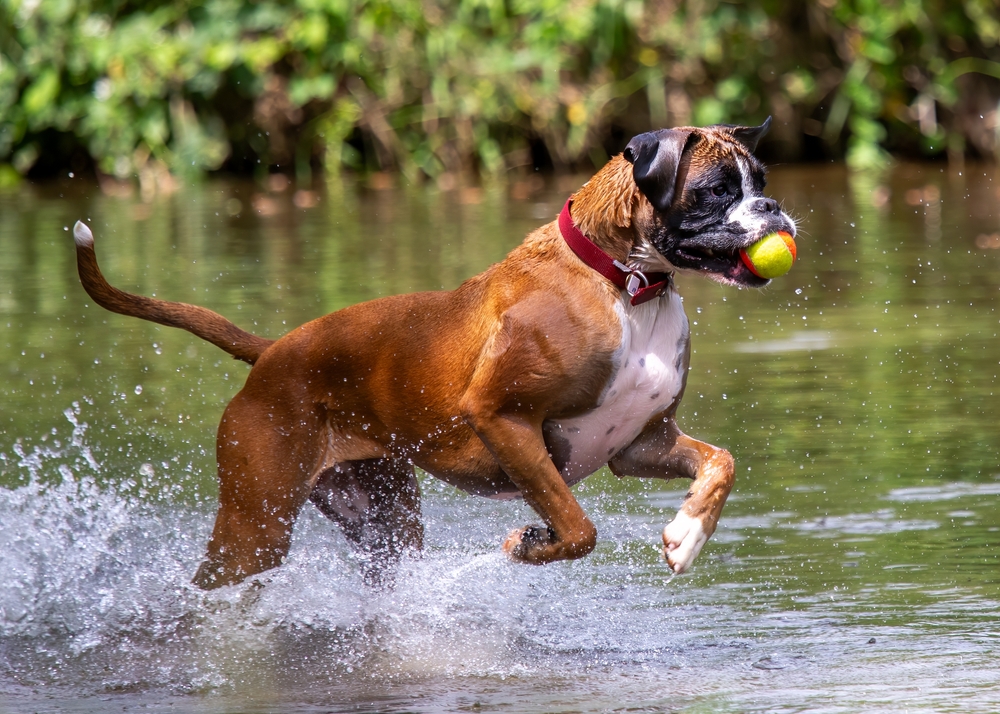
While your dog might love a splash in the local pond or stream, water pollution is a serious concern that could harm their health. Contaminated water sources often contain bacteria, parasites, and chemicals that can lead to gastrointestinal problems and more serious illnesses. The Centers for Disease Control and Prevention highlights that exposure to polluted water can result in diseases such as leptospirosis and giardiasis, both of which can be severe if not treated promptly. Symptoms might include vomiting, diarrhea, and dehydration, and these require immediate veterinary attention.
To ensure your dog’s safety, try to limit their access to natural bodies of water that might be polluted. Always provide fresh, clean water for drinking, especially when traveling or spending time outdoors. If swimming is a favorite pastime, consider locations that are known for their clean water quality or set up a safe, clean pool at home. Awareness and vigilance can go a long way in keeping your furry friend healthy and happy.
4. Secondhand Smoke: Not Just a Human Concern

Secondhand smoke isn’t just a problem for humans; it can be a significant health hazard for dogs as well. Dogs living in households with smokers are at an increased risk of developing respiratory diseases, allergies, and even cancer. Their smaller lungs and higher respiratory rates make them especially susceptible to the toxins in tobacco smoke. You might notice your dog coughing more frequently or having trouble breathing if they’ve been exposed to secondhand smoke over time.
If you’re a smoker, it’s crucial to create a smoke-free environment for your pet. Try to smoke outdoors, away from your dog, and wash your hands afterward to reduce the transfer of harmful chemicals. Investing in an air purifier can also help reduce the level of smoke particles in the home. Remember, your dog’s health is in your hands, and they rely on you to provide a safe and clean environment.
5. Noise Pollution: More Than Just an Annoyance
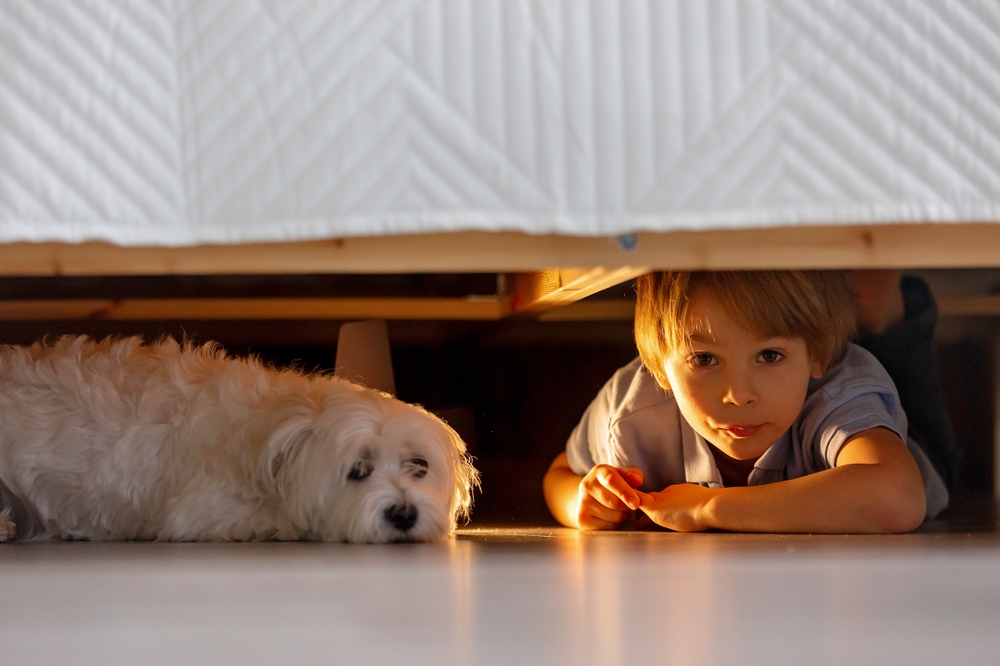
Noise pollution is often overlooked, but it can have a profound impact on your dog’s well-being. Frequent exposure to loud noises, such as traffic, construction, or loud music, can be extremely stressful for dogs, leading to anxiety and behavioral changes. Dogs have much more acute hearing than humans, which means they are more sensitive to loud and sudden noises. Symptoms of noise stress can include trembling, hiding, barking, and even destructive behavior.
To mitigate noise pollution, try to create a calm and quiet space for your dog to retreat to when things get loud. You can use white noise machines or calming music specifically designed for dogs to help mask disturbing sounds. If noise is a frequent issue, consider speaking with a veterinarian about anxiety-reducing techniques or products. Remember that reducing stress not only improves your dog’s quality of life but can also extend their lifespan.
6. Urban Heat Islands: The Hidden Heat Hazard
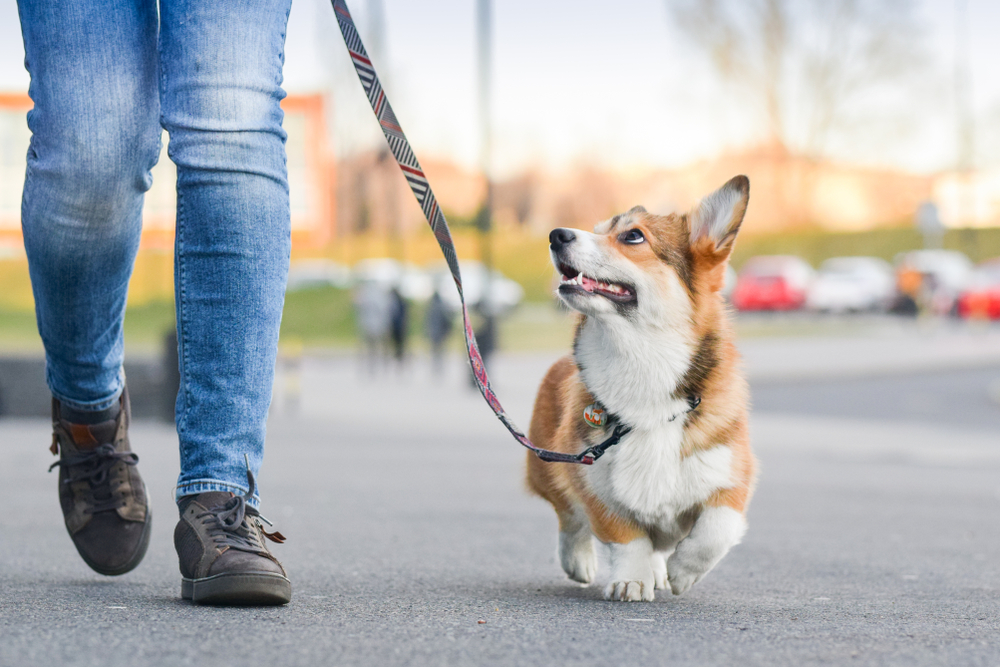
Urban environments can become significantly hotter than rural areas, a phenomenon known as the urban heat island effect. This can have serious implications for dogs, who are more prone to heat stress and heatstroke. Asphalt and concrete can exacerbate the heat, burning your dog’s paws and making walks uncomfortable or dangerous. Signs of overheating include excessive panting, drooling, and lethargy, which can quickly progress to more severe symptoms if not addressed.
To keep your dog safe, try to walk them during cooler parts of the day, like early morning or late evening. Always carry water to keep them hydrated and take regular breaks in shaded areas. Consider using dog-safe booties to protect their paws from hot surfaces. By being mindful of the heat, you’ll help your dog stay cool and happy even in the hottest weather.
7. Household Chemicals: Silent Invaders in Your Home

Many common household cleaning products contain chemicals that can be harmful to dogs if ingested or even inhaled. Products like bleach, ammonia, and certain detergents can cause respiratory distress, skin irritation, and even internal damage if your pet comes into contact with them. Symptoms of exposure can include coughing, drooling, and vomiting, and it’s important to address these symptoms quickly.
To reduce risk, opt for pet-safe cleaning products or natural alternatives such as vinegar and baking soda. Always store cleaning products securely out of reach and ensure that your pet is in a different area when cleaning. Ventilate your home well after using any strong-smelling products to help dissipate harmful fumes. A cleaner, safer home environment will help your dog live a longer, healthier life.
8. Light Pollution: Disrupting Nature’s Cycle
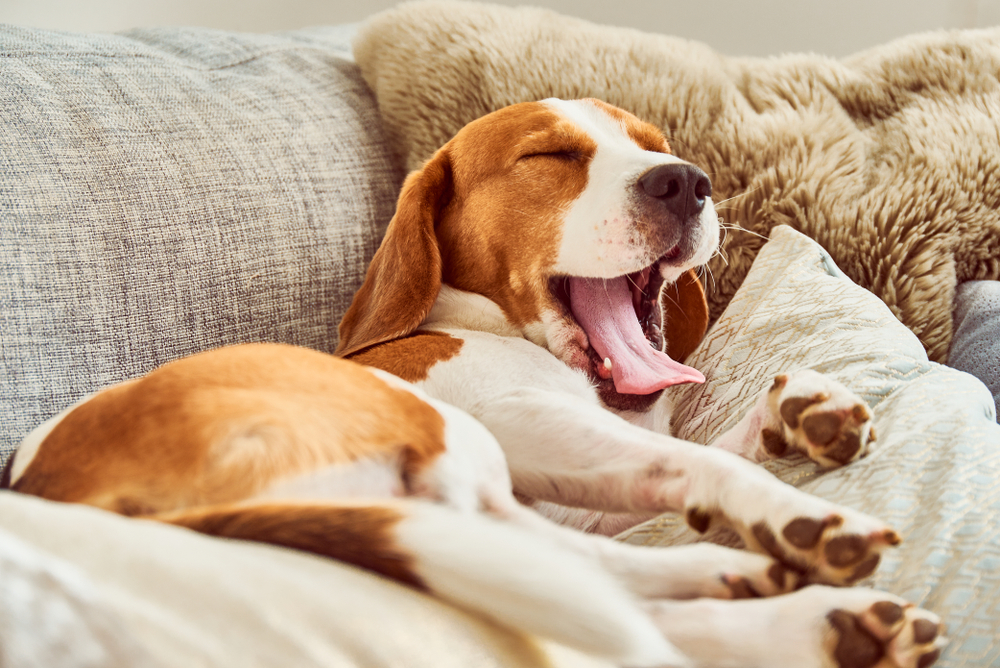
Light pollution, while primarily affecting humans and wildlife, can also disrupt your dog’s natural rhythms. Dogs, like humans, have a circadian rhythm that can be influenced by exposure to artificial light, impacting their sleep and overall health. Excessive lighting, especially during nighttime, can lead to sleep disturbances, making it harder for your dog to get the rest they need. You might notice changes in their behavior, such as increased irritability or restlessness, which can be signs of insufficient sleep.
To combat light pollution, try to create a dark, quiet space for your dog to sleep at night. Use blackout curtains or shades to block out artificial light and maintain a regular schedule to help regulate their internal clock. If outdoor lighting is a problem, consider motion sensor lights that only turn on when needed. Helping your dog maintain a healthy sleep pattern is an essential part of their overall well-being.
9. Plastic Pollution: A Chew Toy Gone Wrong
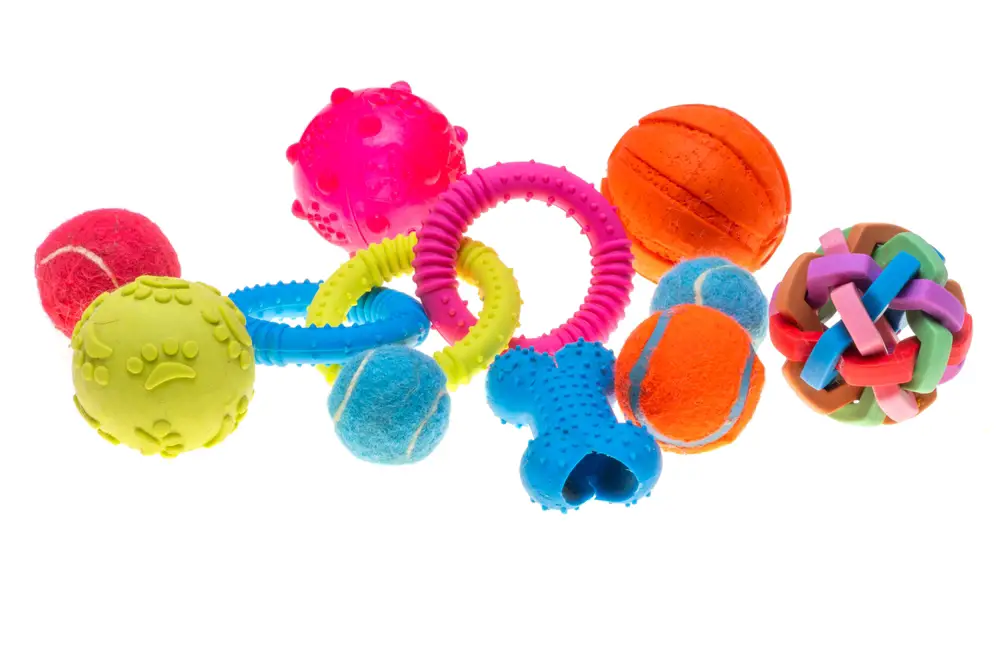
Plastic pollution is a growing concern not only for the environment but also for our pets. Dogs often chew on or accidentally ingest plastic items, which can pose serious health risks. Ingesting plastic can lead to choking, intestinal blockages, and even poisoning from toxic chemicals within the plastic. Symptoms of plastic ingestion might include vomiting, loss of appetite, and abdominal pain, requiring immediate veterinary attention.
To prevent these risks, be mindful of the types of toys and objects your dog has access to. Choose toys made from natural materials or those specifically designed to be safe and non-toxic. Keep an eye on your dog during playtime to ensure they aren’t chewing on anything hazardous. By being proactive, you can protect your dog from the dangers of plastic pollution.
10. Soil Contamination: The Hidden Hazard Underfoot
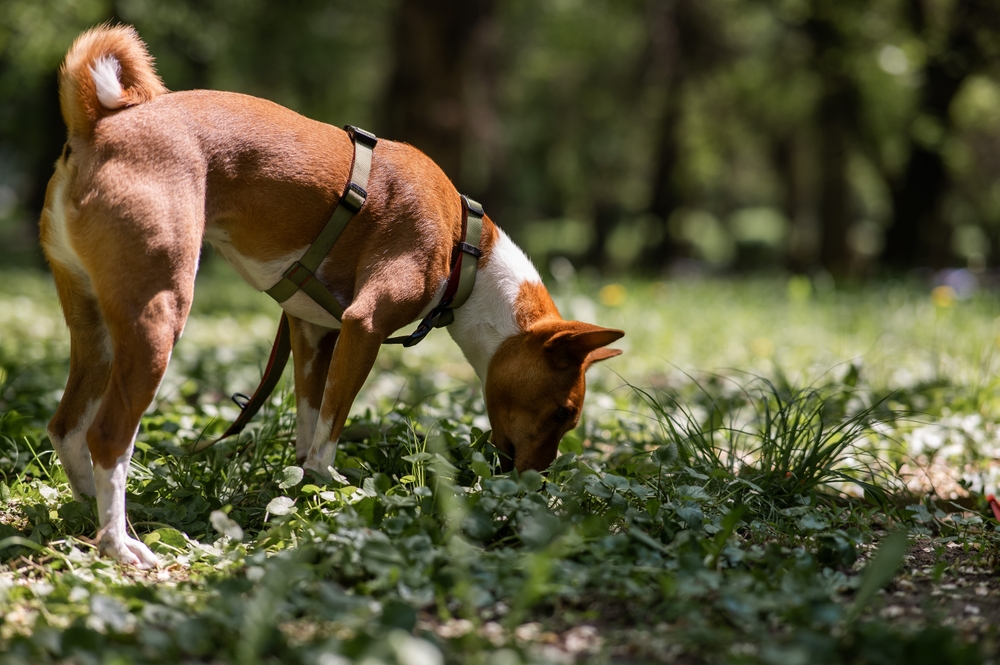
Soil contamination from industrial activity, farming, and waste disposal can pose a significant threat to dogs. Contaminants like heavy metals, pesticides, and chemicals can linger in the soil and be absorbed through your dog’s paws or ingested during play. Health effects can include skin irritations, neurological problems, and even cancer over time. If your dog frequently digs or eats soil, they are at higher risk of exposure to these contaminants.
To protect your dog, try to limit their play in areas known or suspected to be contaminated. Regularly wash their paws after outdoor activity, and consider using booties to minimize direct contact with the soil. Creating a clean and safe play area in your own yard is another option. Awareness and preventive measures can significantly reduce your dog’s exposure to harmful soil contaminants.
11. Electromagnetic Pollution: Invisible Waves of Concern

Electromagnetic fields (EMFs) from electronics, power lines, and wireless devices are everywhere in the modern world, but their impact on dogs is still being studied. Some researchers suggest that prolonged exposure to EMFs might contribute to stress, anxiety, and behavioral changes in pets. While conclusive evidence is still forthcoming, it’s wise to be cautious about your dog’s exposure to EMFs. Symptoms to watch for include restlessness, changes in sleeping patterns, and unexplained anxiety.
To minimize EMF exposure, try to create a tech-free zone in your home where your dog can relax without the interference of electronic devices. Limit their time in close proximity to high-EMF sources like Wi-Fi routers or electrical panels. By being mindful of your dog’s environment, you can help reduce potential stressors and improve their quality of life.
12. Pollen and Allergens: Nature’s Tiny Troublemakers

While pollen is natural, it can still be a significant pollutant for dogs with allergies. Seasonal changes can bring about an increase in pollen levels, leading to allergic reactions in sensitive dogs. Symptoms like itchy skin, red eyes, and sneezing are common indicators of pollen allergies. Prolonged exposure without treatment can lead to more severe health issues like skin infections or asthma.
To alleviate your dog’s discomfort, try to wipe their paws and fur with a damp cloth after walks to remove any pollen. Keeping windows closed during high pollen days and using air purifiers can also help maintain a pollen-free environment. Speak with your veterinarian about allergy management options, such as antihistamines or specialized diets. A proactive approach can help your dog enjoy the outdoors without the hassle of allergies.
13. Heavy Metals: The Unseen Threat in Everyday Life
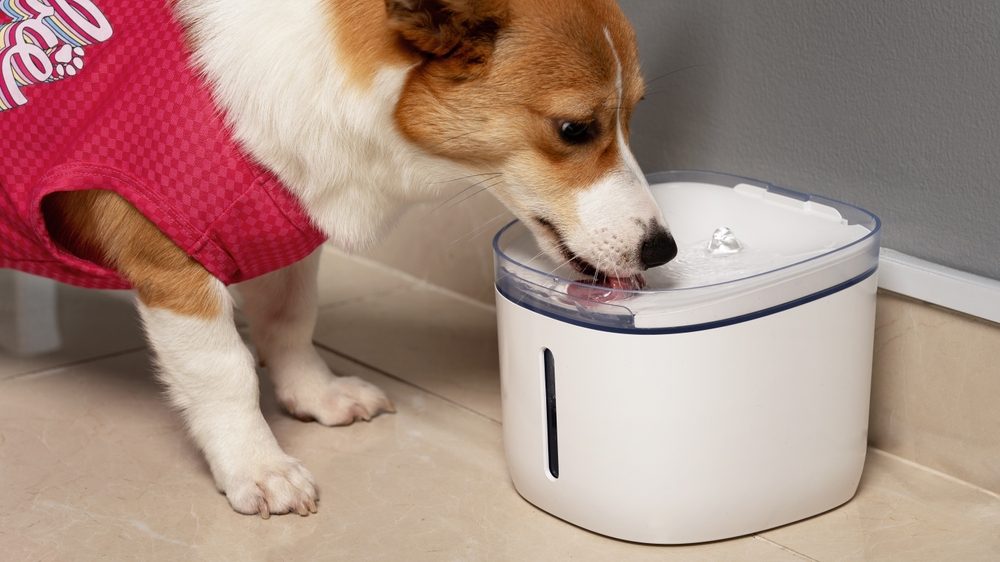
Heavy metals like lead, mercury, and arsenic can find their way into your dog’s environment through polluted air, water, and food. These toxic elements can cause severe health problems, including neurological damage, kidney failure, and even death. Symptoms of heavy metal poisoning are varied but can include vomiting, lethargy, and behavioral changes. It’s crucial to act quickly if you suspect heavy metal exposure.
To protect your dog, be vigilant about the sources of their food and water, opting for high-quality, tested products. Limit their exposure to areas with known heavy metal contamination, such as certain industrial sites. Regular veterinary check-ups can help catch any issues early. A clean, safe environment is the best defense against the dangers of heavy metals.
14. Mold: The Hidden Culprit in Damp Environments
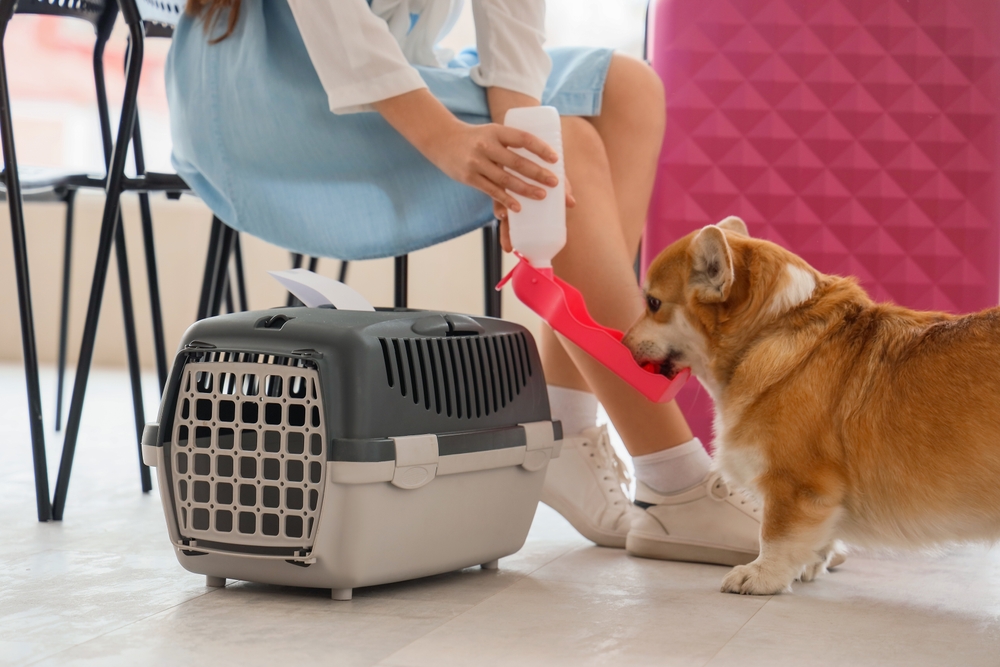
Mold isn’t just a problem for humans; it can also severely impact your dog’s health. Dogs exposed to mold can suffer from respiratory issues, allergies, and other health concerns. Mold spores can be inhaled or absorbed through the skin, leading to symptoms like coughing, sneezing, and skin irritation. Chronic exposure can worsen these conditions, reducing your dog’s quality of life and lifespan.
To prevent mold exposure, ensure your home is well-ventilated and fix any water leaks promptly. Regular cleaning, especially in damp areas like basements and bathrooms, can help prevent mold growth. If you suspect mold in your home, consider professional remediation to protect your entire family, furry members included. A mold-free environment is key to maintaining your dog’s health and happiness.
